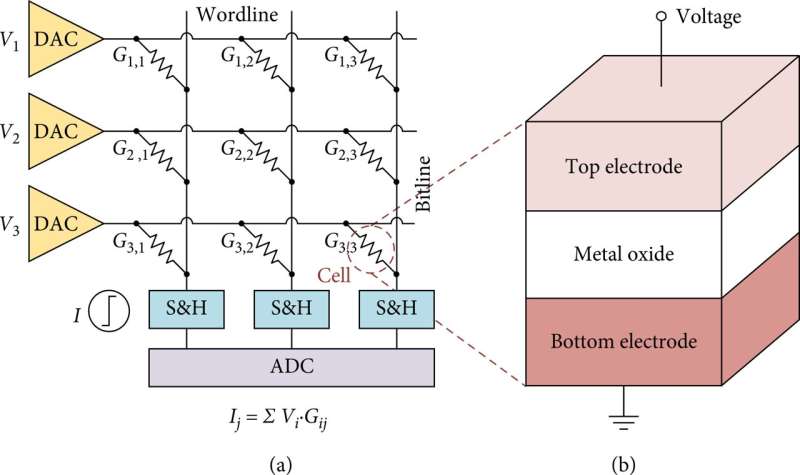Graph computing—a new way to understand the world

In the era of Big Data, the relationship between data are complex and large in scale. The relationship between various data objects is described as Vertex and Edge, where the Vertex represents the data object and the Edge represents the relationship between the data objects. This data structure that represents the relationship of data objects is called Graph. Useful information can often be mined and applied to various scenarios by analyzing the graph.
Graph computing is a technology that studies the Graph in the human world, describing, portraying, analyzing and computing them. Currently, this emerging technology has been widely used, and a large number of graph algorithms have emerged. Through the analysis of large-scale graph data, important information hidden in the graph data can be obtained. Examples include the realtime epidemiology analysis, the targeted advertising, and the rapid identification of anomalous behaviors in the financial field.
In order to facilitate the understanding of the field of graph analytics, Prof. Dr. Hai Jin's team from Huazhong University of Science and Technology summarize the research status of graph computing key technologies of the software systems implementation and domain-specific architectures, and then summarize, compare, and analyze the latest research progress from three aspects: basic theory, system software, and system architecture. The review article was published on October 29 in Intelligent Computing.
Graph analytics mainly includes graph processing, graph mining and graph learning, and is very widely used in practical applications. As the amount of graph data continues to expand, graph computing faces a series of challenges.
The widespread adoption of graph analytics applications and the gradual increase in the size and complexity of graph data bring significant challenges for software technologies and hardware architectures for graph computing. In addition, there is a gap between the characteristics of graph analytics and the hardware features of general-purpose hardware.
To address the problems of large-scale graph computing, researchers have conducted extensive fundamental research and key technology studies in recent years.
At the software level, improvements have been made to existing general-purpose hardware platforms through software techniques, such as single-machine platform and distributed platform; at the hardware level, hardware acceleration has been performed mainly through architectural innovations to fill the significant gap between general-purpose hardware and the unique characteristics of graph analytics.
In recent years, novel computing and memory devices have emerged, and software optimization technologies and hardware acceleration technologies have achieved significant performance improvements.
Currently, graph analytics is still a popular research topic and faces a number of problems that need to be addressed. For example, domain-specific high-level synthesis, uncertain patterns for graph mining, large graphs and patterns for graph mining, dynamic graph learning, memory footprint limitations, heterogeneous graph learning, and so on.
More information: Hai Jin et al, Software Systems Implementation and Domain-Specific Architectures towards Graph Analytics, Intelligent Computing (2022). DOI: 10.34133/2022/9806758



















